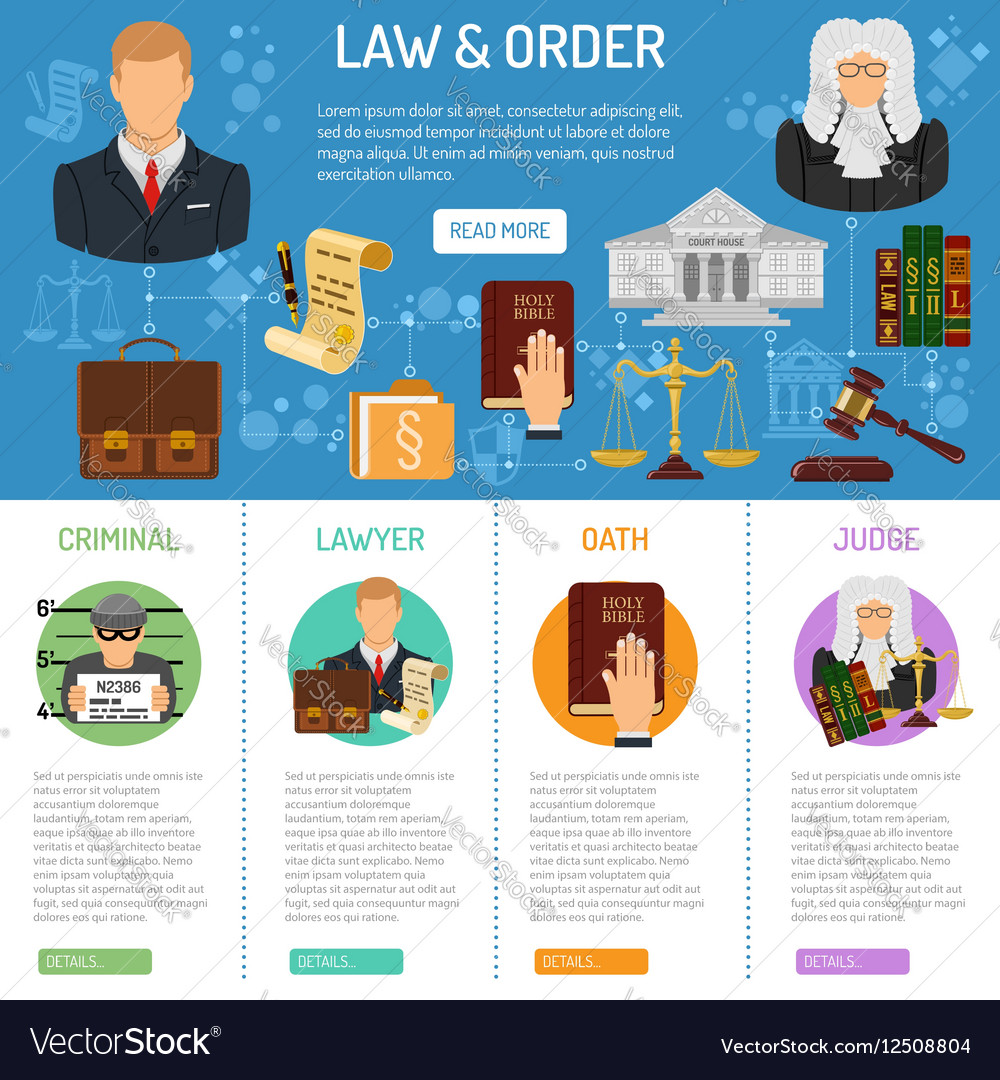Understanding The Refine: A Common Divorce Instance Timeline
Understanding The Refine: A Common Divorce Instance Timeline
Blog Article
Material By-Prater Damm
As you embark on the trip of navigating a divorce situation, you might find yourself wondering about the timeline that lies ahead. From the initial phases of submitting records to the complexities of arrangement and the potential for a trial, each step holds its own collection of obstacles and uncertainties. Understanding the sequence of occasions can help you prepare for what's ahead and expect the twists and turns that might develop in the process.
First Declaring and Service of Papers
When starting the divorce process, the very first step is the first filing of the necessary records with the court. This action formally starts the legal treatment and sets the divorce case in motion. You should submit types that describe the grounds for separation, assets, liabilities, income, expenditures, and any other pertinent details needed by the court.
After filing these papers, copies have to be served to your partner, educating them of the separation procedures. This solution can be done via a process server, sheriff's workplace, or licensed mail, ensuring that your spouse is officially notified of the divorce case versus them.
Once the documents are submitted and offered, the court will certainly supply a situation number and designate a court to supervise the situation. It's important to precisely finish and file these papers, as any type of errors or omissions might delay the separation procedure.
This first action lays the foundation for the lawful dissolution of your marriage, marking the beginning of a potentially difficult but needed process.
Discovery and Arrangement Stage
Throughout the Discovery and Negotiation Phase of a separation case, both events engage in collecting details and trading relevant papers to much better comprehend each other's economic situations and various other significant details. This phase is critical as it establishes the foundation for negotiations and potential settlement contracts. With techniques such as interrogatories, requests for production of files, and depositions, each party intends to uncover realities, possessions, financial debts, and various other essential details that may influence the case's outcome.
Negotiations throughout this phase frequently involve discussions on various concerns like building division, youngster custody, visitation timetables, and financial support. Both events may work with their lawyers to discover settlement alternatives, potentially avoiding the need for a trial.
Mediation or joint regulation processes might likewise be used to help with effective conversations and get to equally appropriate contracts. It's important to approach this phase with transparency, honesty, and a determination to endanger to attain a smoother resolution and reduce the emotional and financial toll of an extensive court battle.
Trial and Last Resolution
Moving forward from the Exploration and Arrangement Stage, the Trial and Last Resolution stage marks the end result of your divorce case. This phase is where unresolved concerns are brought prior to a court to make final decisions on issues like possession division, youngster wardship, and assistance. The trial generally includes offering evidence, witness testimonies, and lawful disagreements to sustain your case.
During the test, both events will certainly have the chance to provide their settings and counterarguments. It's crucial to be prepared, as the court's choice will significantly influence the last outcome of your divorce.
Adhering to the trial, the judge will provide a final judgment that outlines the regards to the separation, including any type of financial settlements and custodianship arrangements.
When the judgment is provided, the separation is completed, and both parties are legally bound by its terms. While Suggested Reading can be demanding and psychological, it's a necessary step in the direction of getting to a last resolution and moving forward with your life post-divorce.
Verdict
In conclusion, browsing a separation situation involves a collection of steps from filing preliminary files to reaching a final resolution. Recognizing the timeline of events can aid you prepare for what to expect throughout the procedure. By being proactive, seeking lawful assistance, and remaining educated, you can navigate the complexities of separation process with self-confidence and clarity.
